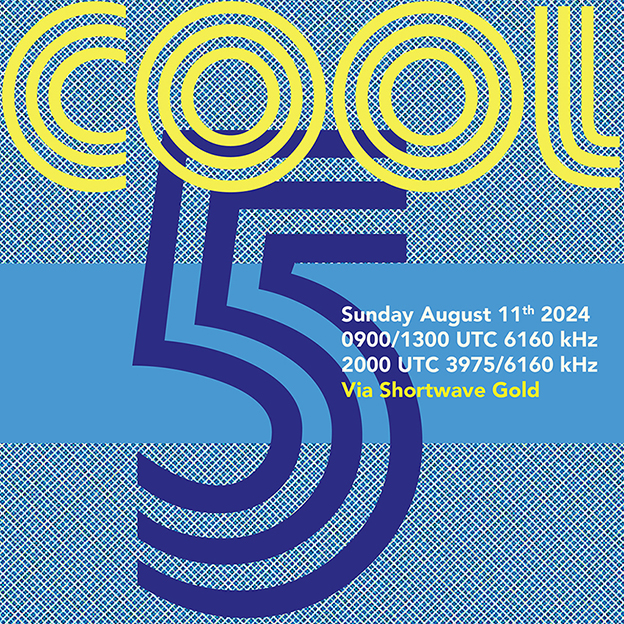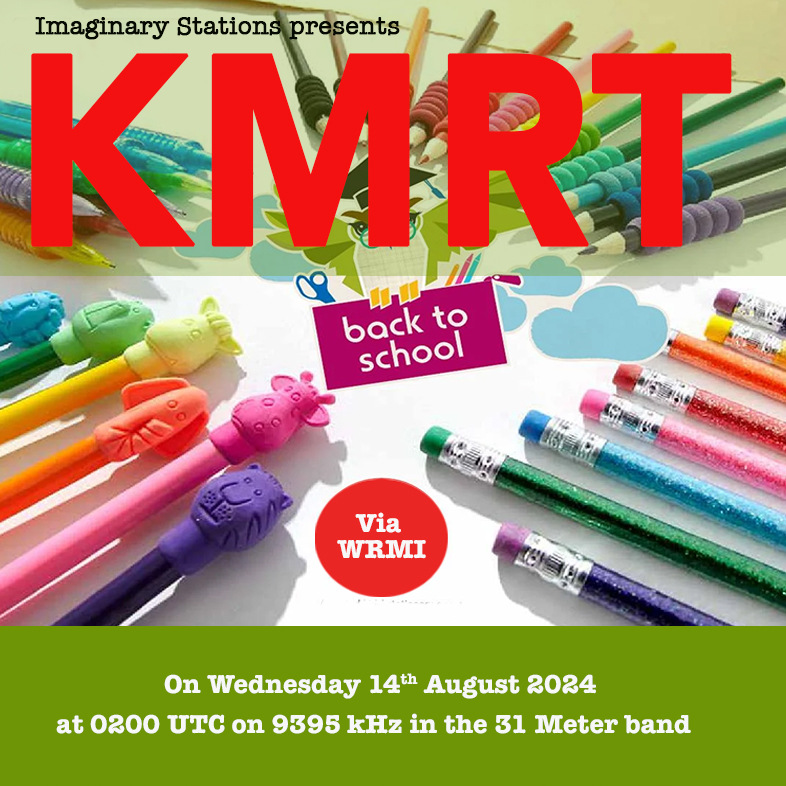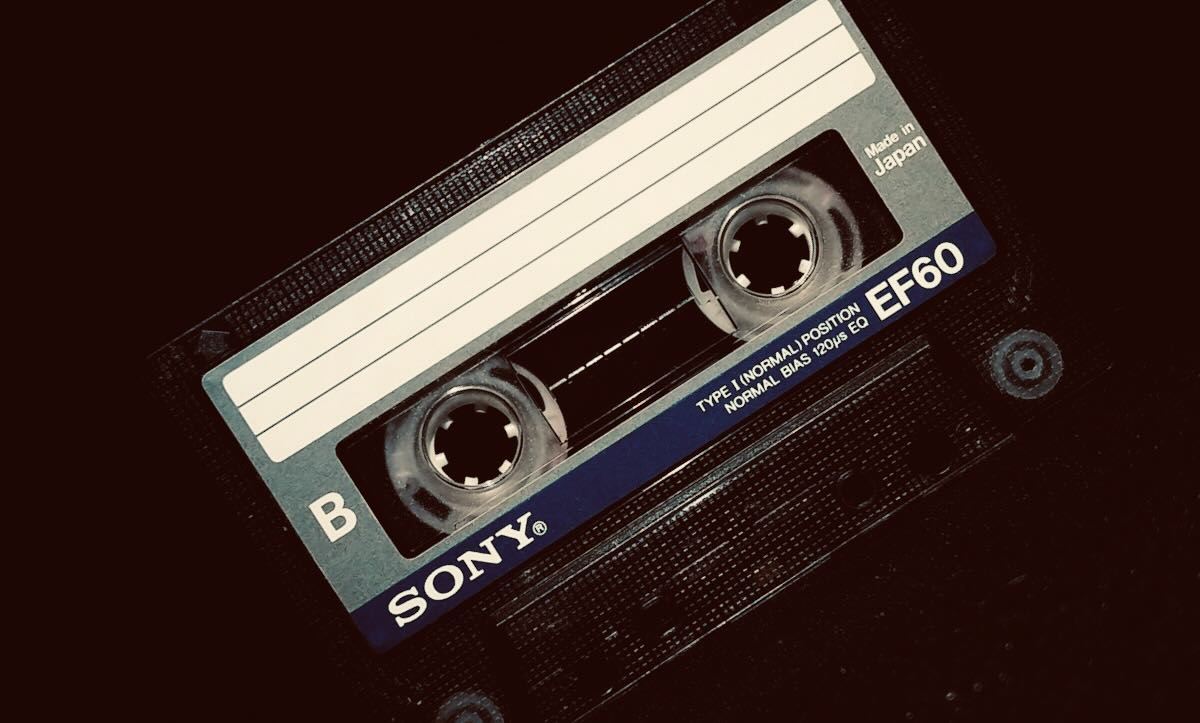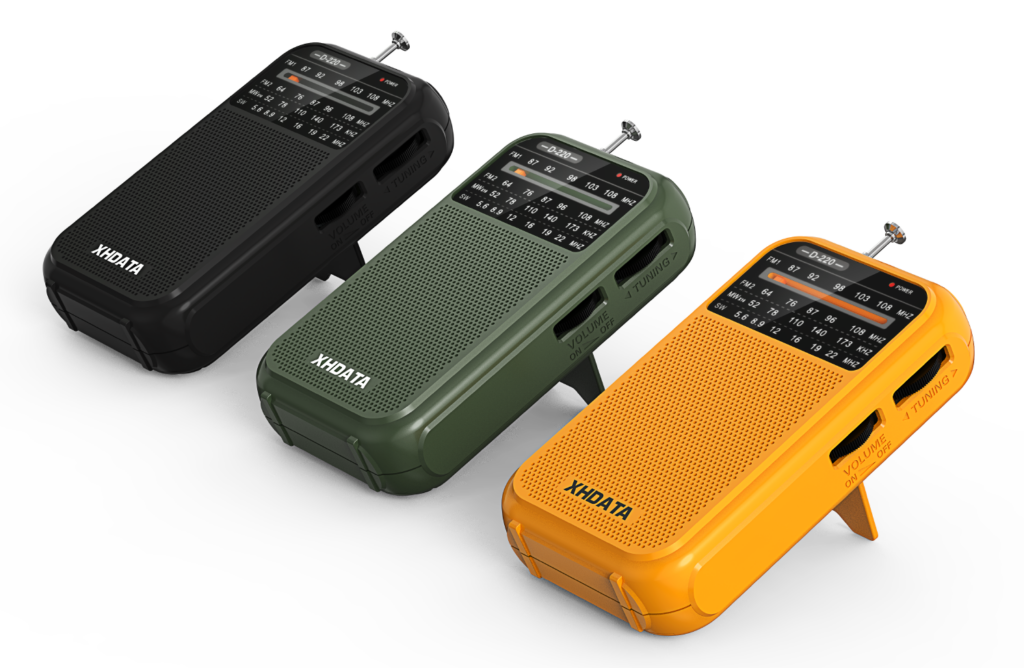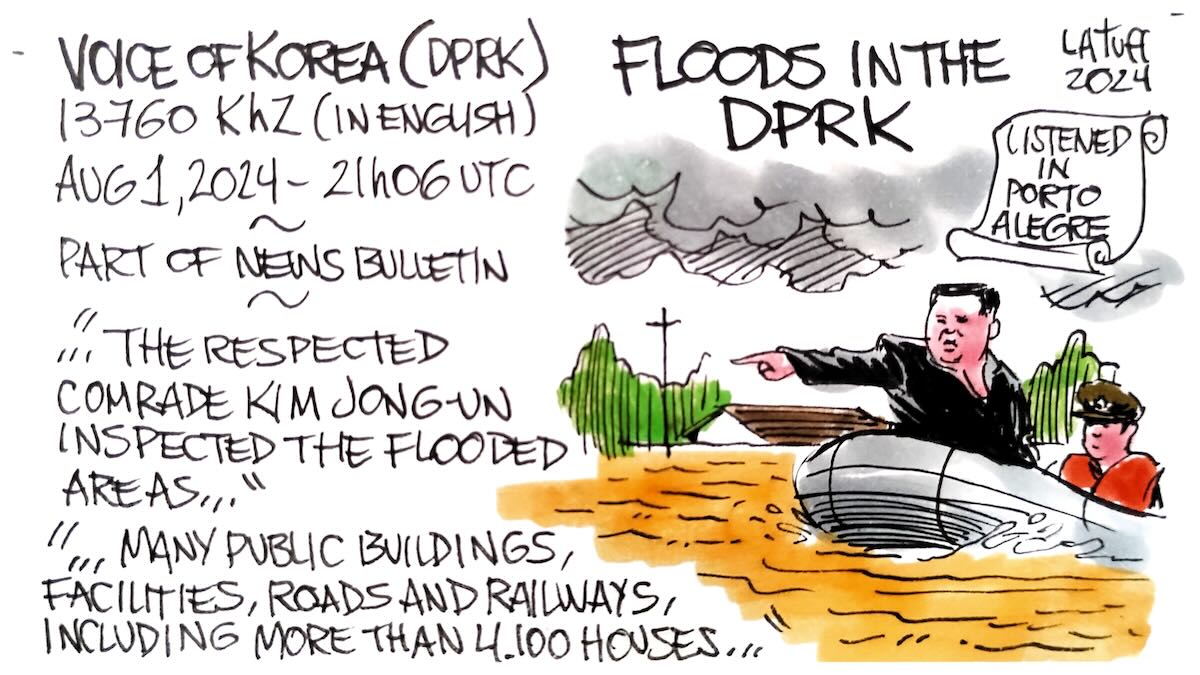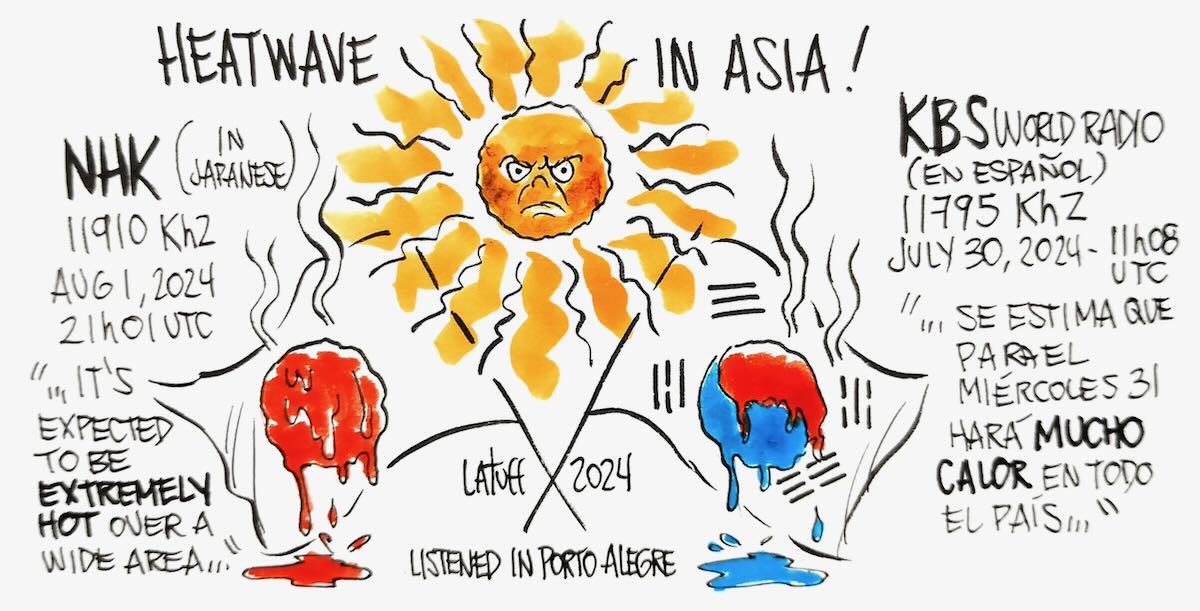Hi it’s FastRadioBurst 23 here letting you know what Imaginary Stations will be bringing the shortwave community this week. On Sunday 11th August 2024 at 0900/1300 hrs UTC on 6160 kHz and then at 2000 UTC on 6160 kHz and 3975 kHz they have yet another version of COOL, this time COOL 5 via Shortwave Gold. Like the last COOL shows, it’s summer vibes galore and tunes to listen to whilst on the sun lounger. Towels and suntan lotion at the ready please!
Then via WRMI on Wednesday 14th August 2024 at 0200 UTC on 9395 kHz we’ll be bringing you a back to school special of KMART, your “official supermarket shortwave radio station”. Expect voucher give-aways, extended opening hours and the best blue light specials on the planet (*All subject to availability of course). Tune in and enjoy an alternative to shopping on the shortwave dial.
We now have a Patreon page for our regular listeners here. Monthly memberships are available for exclusive audio and zines.
For more information on all our shows, please send to [email protected] and check out our old shows at our Mixcloud page here.

